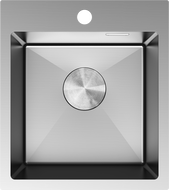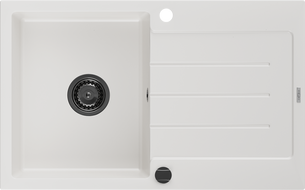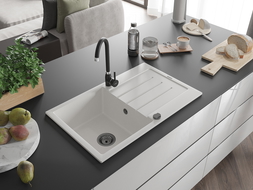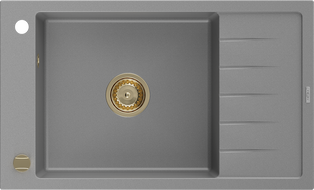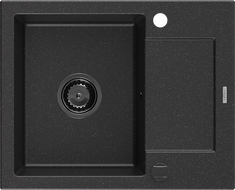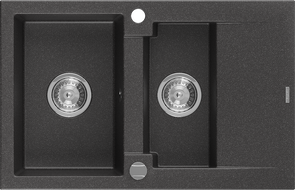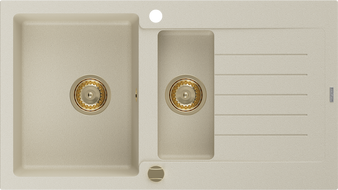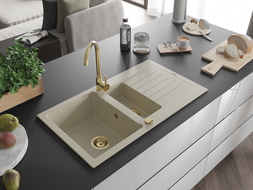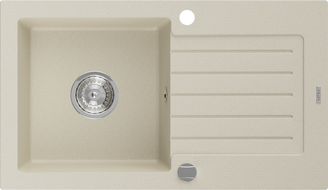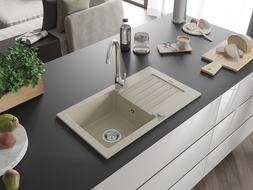
When buying a new kitchen sink, there are several important decisions to make since it is equipment that will be purchased for several years; it should be both functional and elegant. Besides deciding on its color or shape, and whether to go for a single basin or perhaps a model equipped with two basins, you also need to decide whether it will be a sink with a drainer or without one. Before making a final choice, it is worth getting familiar with the available sink models as well as information on which type of sink works best in which context.
Do you need a sink with a drainer?
Many people wonder about the rationale of buying a sink with a drainer, motivating this with the possession of a dishwasher. Indeed, if you have given up on hand washing dishes, a sink plus a drainer seems to be equipment that unnecessarily takes up space on the cabinet or countertop. This is a popular belief, especially among those with a small kitchen or kitchenette.
However, the drainer is useful not only when washing dishes; it can be a convenient additional space for placing a hot pot, setting aside vegetables or fruits that you want to wash, and it is also useful for laying out products meant for defrosting. Furthermore, drainers are the elements that somehow separate the sink from the countertop. Thus, it is also a way to protect against splashes while washing, which is especially appreciated by those with wooden countertops made from natural wood.
Durable sinks with drainers
Modern sinks equipped with or without drainers are available in a very wide range of colors, shapes, and sizes. They can also differ in terms of installation methods; you can choose a built-in or top-mounted model. The decision regarding whether it will be a double basin sink or a single basin with a drainer is one of the many you will have to make while purchasing a new sink. However, it is worth knowing that regardless of whether you choose steel, granite, or another material from which the sink will be made, a drainer will be a practical solution.
The choice of material does not actually affect the durability of the sink, as both appliances made of enameled steel, conglomerate, and other materials are very resistant to mechanical damage and high temperatures. In this case, a low price does not necessarily mean lower quality. However, if you have limited countertop space and don't want to dedicate it to a drainer, you can opt for a 1.5 basin sink; an additional narrow basin equipped with a separate drain can successfully serve the function of a classic drainer.
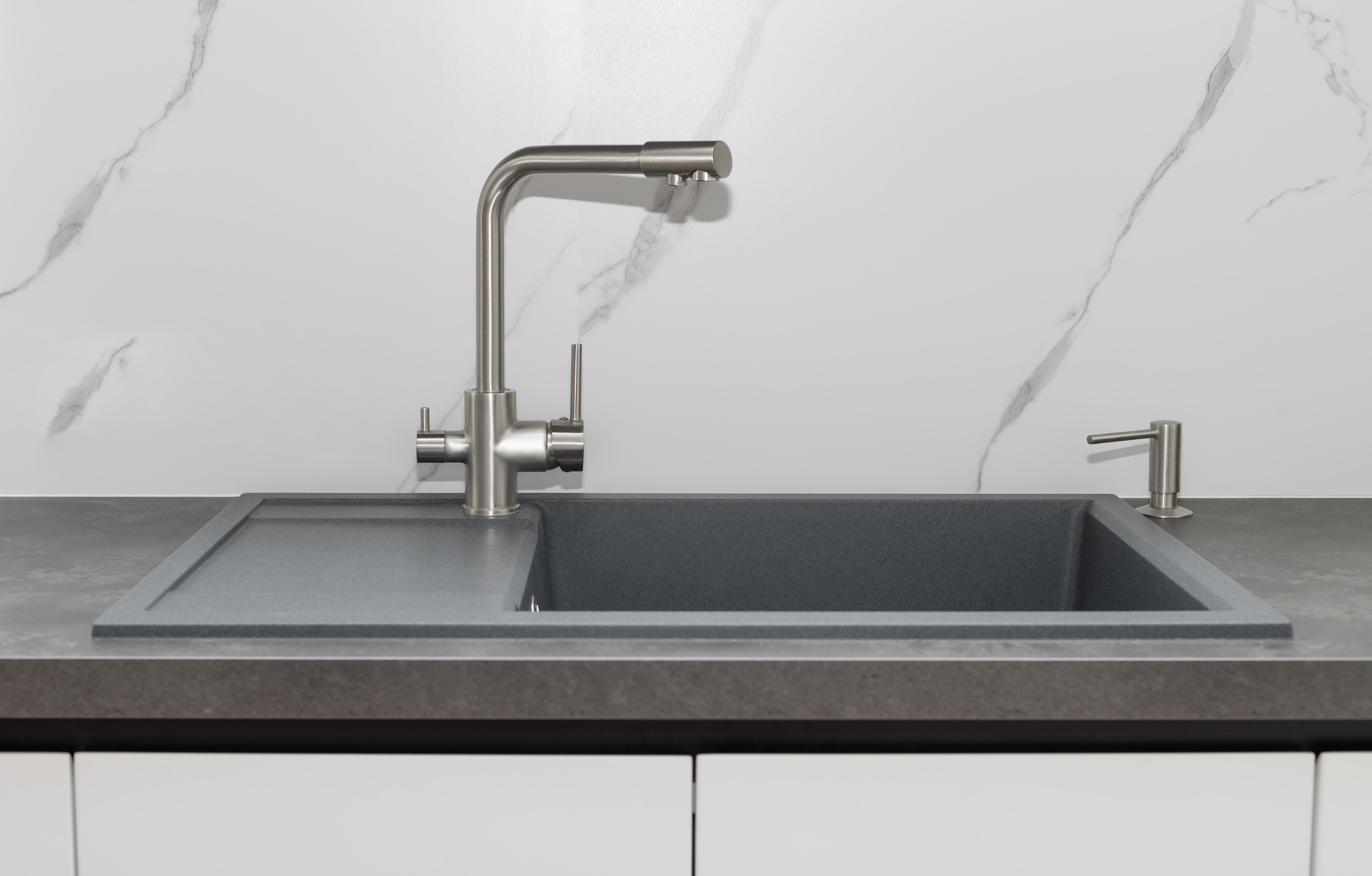
Drainer for the sink – key benefits
A dishwasher is one of the appliances present in an increasing number of kitchens, so some decide to buy a single basin sink without a drainer, considering it as an unnecessary detail that does not fit into the workspace. Indeed, it takes up a bit of extra space, but the wide selection of sink models makes finding one that fits perfectly into your kitchen should not pose the smallest problem. You will truly appreciate the presence of a drainer very quickly.
What to do with dirty dishes before you place them in the dishwasher? Where will you put the dirty vegetables or fruits brought from the store? And your favorite mug that you drink coffee or tea from several times a day? Stainless steel drainers – that may just be the answer to all the above questions. If you don't have the space for a classic dish rack for frequently used dishes, it will be most convenient to place them on the drainer. In other words, a double basin sink or a single basin with a drainer is still a proven solution!
Modern alternatives to traditional drainers
If you have a single basin sink in the kitchen, perhaps because you have very little space, but lack a place to rest washed dishes or cutlery, check out the original solution of a drainer that hooks onto the sink walls. This way, water from washed items can freely drain directly into the sink basin, and no additional devices will appear on the countertop. The main advantage here is the size of the drainer and the fact that you can detach it at any moment. If you have a sink with two basins, the second basin can successfully take on the functions assigned to drainers, allowing you to dry washed pots before putting them away in the cabinet.
Another idea worth looking at more closely could be a drainer for dishes hidden in a cabinet under the sink. This handy and very aesthetic solution allows you to conveniently dry dishes, while also not disturbing the order in the kitchen. The countertop and single basin sink remain empty, even after a large dishwashing session. Additionally, it eliminates the need to wipe the dishes before putting them in their proper place. Another idea is a container for drying cutlery, since not all of it can be washed in a dishwasher, and you don't always have time to thoroughly dry it; an additional drainer placed on the countertop or the edge of the sink will be very helpful here.







